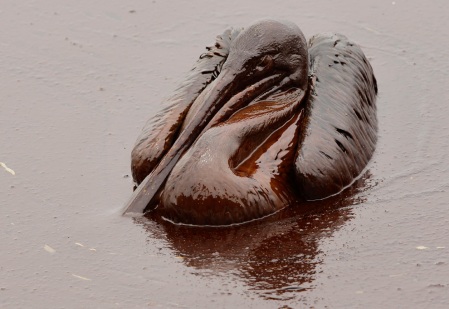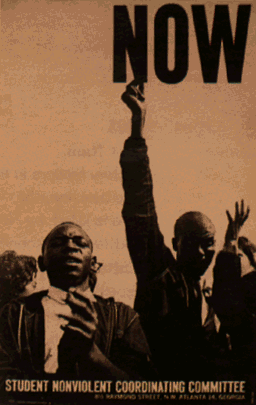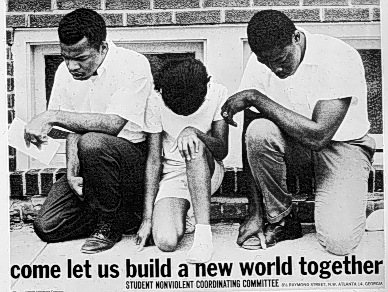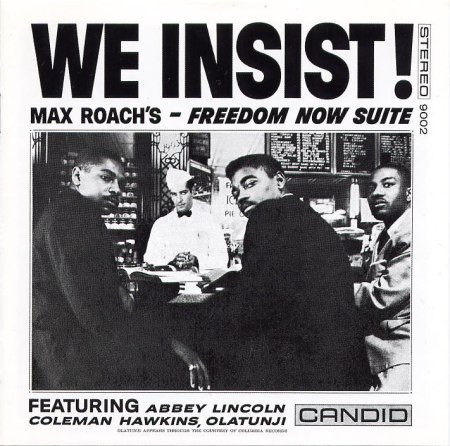Summertime…
I’m dragging a little bit this summer between the heat, the humidity, too many gigs and a summer language intensive…but I tell you, the moment I slide in disc two of the 2007 Fania release: Hector Lavoe: The Man and His Music, I’m good…I’m damn near reborn. My body goes wild, but it’s not just the feeling of the music…no matter how hard I groove, my mind is right there too, wondering: Dang! how do they do it? How do these congeros play that fast and that tight? And how do I, with my biracial-though-shamefully-monolingual behind, feel like I understand every sorrow and celebration out of this man’s mouth? Thank you Señor Lavoe. Thank you from the bottom of my heart and my feet, my mind, my soul and my unstoppable rolling shoulders.
 In the liner notes to the disc I mention above, Lavoe’s nephew, producer Louis Vega writes a great story about a summer night in Times Square at a roof top party when the dj, Richard Vazquez was spinning, “El Cantante”: “I looked up. The congregation of ecstatic partygoers was dancing and having a good time. When the strings came in and Hector sang his ‘la la las,’ the place erupted. I will never forget that hot summer night…” Writer Jaime Torres Torres wrote: “No salsa artist has ever had such an impact on the world as Hector did…because his music was a spiritual expression of his innermost feelings…. Hector Lavoe is the voice of the street, the spokesperson for hope.”
In the liner notes to the disc I mention above, Lavoe’s nephew, producer Louis Vega writes a great story about a summer night in Times Square at a roof top party when the dj, Richard Vazquez was spinning, “El Cantante”: “I looked up. The congregation of ecstatic partygoers was dancing and having a good time. When the strings came in and Hector sang his ‘la la las,’ the place erupted. I will never forget that hot summer night…” Writer Jaime Torres Torres wrote: “No salsa artist has ever had such an impact on the world as Hector did…because his music was a spiritual expression of his innermost feelings…. Hector Lavoe is the voice of the street, the spokesperson for hope.”
Summertime and the living is…la la la la la la… if you listen to Lavoe.
Now, dig the congregation of Salsa legends in that photo…wow! (see Hector up at the top right) I wanna be at that set! Heads up too for for more summertime rooftop references, I just found out Crossover Dreams, featuring the beloved composer of “El Cantante” Ruben Blades, is now available on Netflix…if you’ve never feasted on this early Leon Ichaso film, this will be your favorite summer time surprise. Plus, you must also see Soul Power for Celia Cruz and Johnny Pacheco footage that will blow your mind (talk about Afro-Atlantic swing, have mercy…). One final shout of love to UCBerkeley Professor Mario Barrera for hipping his Chicano Cinema class circa 1988 to the Ichaso gem!





